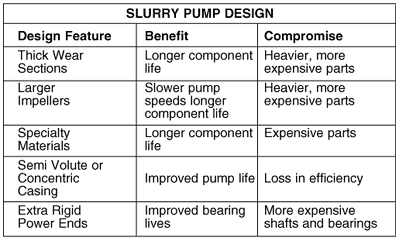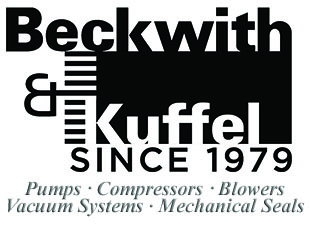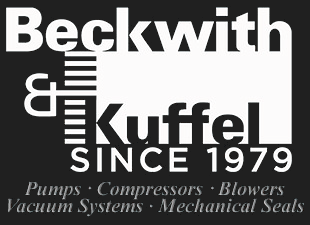Determining the when to use a slurry style centrifugal pump can be a challenging decision. Often the cost of a slurry pump is many times that of a standard water pump and this can make the decision to use a slurry pump very difficult. One problem in selecting a pump type is determining whether or not the fluid to be pumped is actually a slurry. We can define a slurry as any fluid which contains more solids than that of potable water. Now, this does not mean that a slurry pump must be used for every application with a trace amount of solids, but at least a slurry pump should be considered.
Slurry pumping in its simplest form can be divided into three categories: the light, medium and heavy slurry. In general, light slurries are slurries that are not intended to carry solids. The presence of the solids occurs more by accident than design. On the other hand, heavy slurries are slurries that are designed to transport material from one location to another. Very often the carrying fluid in a heavy slurry is just a necessary evil in helping to transport the desired material. The medium slurry is one that falls somewhere in between. Generally, the Percent solids in a medium slurry will range from 5% to 20% by weight.
After a determination has been made as to whether or not you are dealing with a heavy, medium, or light slurry, it is then time to match a pump to the application. Below is a general listing of the different characteristics of a light, medium, and heavy slurry.
Light Slurry Characteristics:
- Presence of solids is primarily by accident
- Solids Size < 200 microns
- Non-settling slurry
- The slurry specific gravity < 1.05
- Less than 5% solids by weight
- Solids size 200 microns to 1/4 inch (6.4mm)
- Settling or non-settling slurry
- The slurry specific gravity < 1.15
- 5% to 20% solids by weight
- Slurry's main purpose is to transport material
- Solids > 1/4 inch (6.4mm)
- Settling or non-settling slurry
- The slurry specific gravity > 1.15
- Greater than 20% solids by weight
- Particle shape
- Particle size
- Particle velocity and direction
- Particle density
- Particle sharpness



